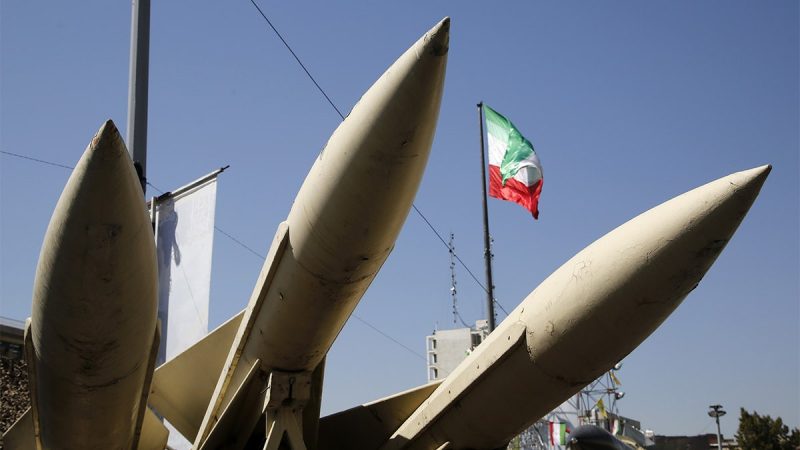
Uncovering Iran’s Secret Weapons: How They’re Hiding Missiles and Drones to Dodge Sanctions
Iran Hiding Missile and Drone Programs Under Guise of Commercial Fronts to Evade Sanctions
The Islamic Republic of Iran has long faced strict international sanctions due to its development and testing of ballistic missile technology, as well as its illicit activities surrounding drones. One concerning trend that has emerged in recent years is Iran’s use of commercial front companies to conceal and support these military programs, enabling the regime to bypass sanctions and evade scrutiny from the international community.
Iran’s missile program has been a subject of great concern for Western governments and international bodies alike. The country has made significant advances in recent years, conducting multiple ballistic missile tests in violation of United Nations Security Council resolutions. These missiles have the potential to carry nuclear warheads, posing a serious threat to regional stability and global security.
To circumvent the sanctions imposed on its missile program, Iran has resorted to establishing and utilizing commercial front companies as covers for its illicit activities. These companies often operate in sectors such as technology, engineering, and transportation, presenting a legitimate facade to the outside world while engaging in the procurement of dual-use technologies and components for its missile program.
Furthermore, Iran has been actively involved in the development and deployment of unmanned aerial vehicles (UAVs), commonly known as drones, for military purposes. Iranian-backed militant groups, such as Hezbollah in Lebanon and the Houthi rebels in Yemen, have increasingly relied on Iranian-made drones to conduct reconnaissance missions, launch attacks, and gather intelligence.
By leveraging commercial front companies, Iran has been able to provide material and technical support to these proxy groups without attracting direct attribution, thereby maintaining plausible deniability and shielding itself from accountability. The use of drones in asymmetric warfare has enabled Iran to extend its reach and influence in the region, posing a significant challenge to regional stability and security.
The concealment of Iran’s missile and drone programs behind commercial front companies not only undermines the effectiveness of existing sanctions but also presents a severe proliferation risk. The dual-use technologies and expertise acquired through these deceptive practices could easily be repurposed for military applications, further escalating tensions in the already volatile Middle East.
The international community must remain vigilant and proactive in countering Iran’s efforts to evade sanctions and clandestinely advance its military capabilities. Increased scrutiny of commercial transactions and enhanced intelligence-sharing mechanisms are essential to disrupt Iran’s deceptive practices and hold the regime accountable for its destabilizing actions in the region.
In conclusion, Iran’s use of commercial front companies to conceal its missile and drone programs represents a flagrant violation of international norms and a brazen attempt to circumvent sanctions. By exposing and disrupting these deceptive practices, the global community can prevent Iran from further destabilizing the region and posing a direct threat to international security.